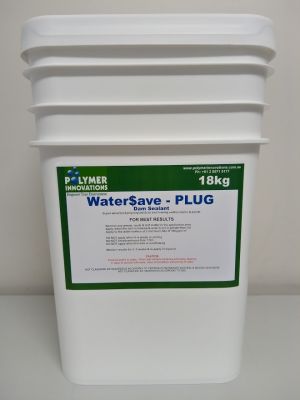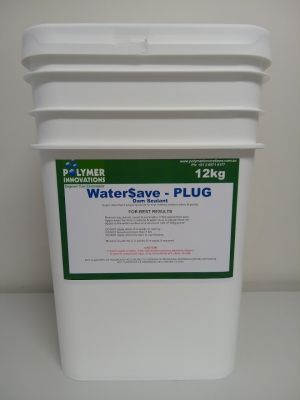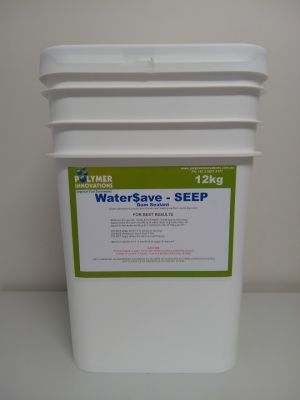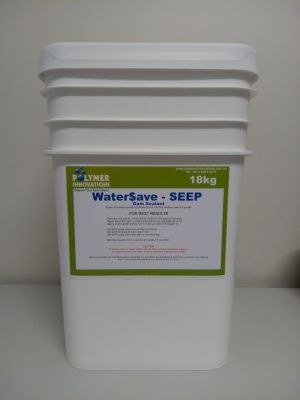
Identify The Leak
Identifying the area in the dam that is leaking will allow you to concentrate only on the leaking area & can reduce the amount of Water$ave Dam Sealer needed to seal it. The following can assist in finding the leaks:
- The soil type of the dam can be a factor. Porous soil, such as sandy soil, will not hold water in the same way clay soil would.
- The dam drains to a point then stops. The leak likely to be in the dam wall above the stopping level.
- A visible wet area outside the base of the dam wall generally indicates the water is leaking from under the dam wall.
- The dam has boulders, trees/plants or stumps. Boulders & stumps can intrude into the dam walls & floor, leaving voids. Trees/plants roots grow & die making even more voids.
If you would like help identifying your leak, one of our Dam Experts can give you a free dam consultation, just Contact Us.
Remove Obstructions
If your dam has any weeds, reeds, leaf litter ect, remove were possible. This can stop the Water$ave Dam Sealer from reaching the leaking area. If you intend on removing larger items, eg stump, you may cause further leaks. For further advise, Submit Your Dam Details.
Apply Water$ave Dam Sealer
Apply Water$ave Plug or Water$ave Seep directly to the water surface by hand or with a small fertiliser spreader to the problem area. (Not sure which dam sealer to use? Click here.) The water does not need to be drained & no earth moving equipment is required. It is best applied when it is NOT raining & there is little to no wind. You can expect to have your dam sealed or noticed a slowing down of water loss in in 7-10 days.







Comments